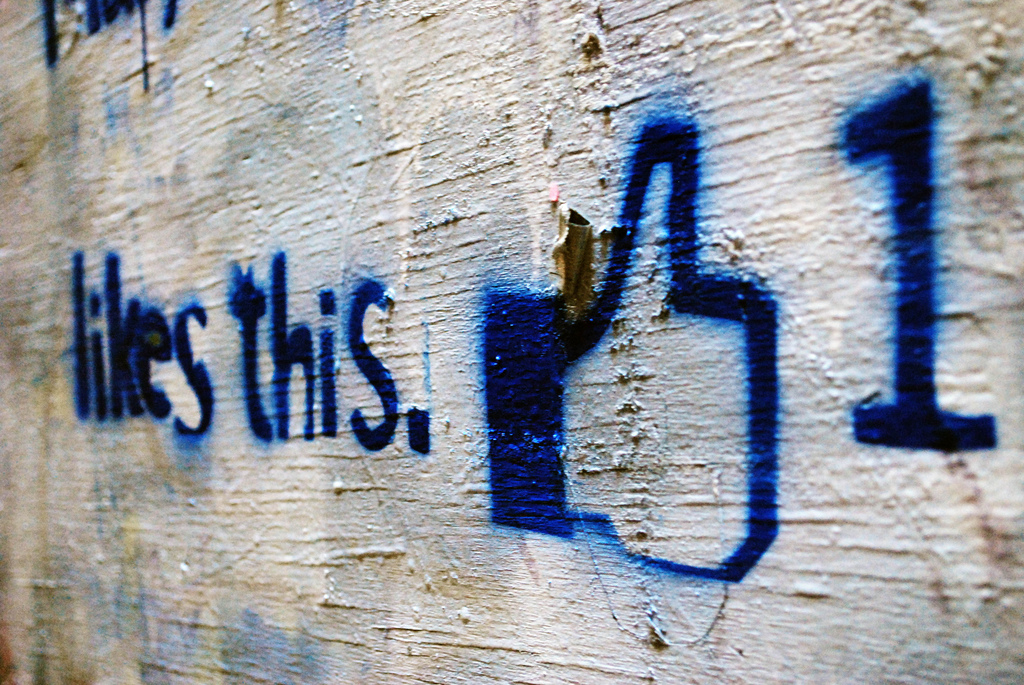Some interesting news out this week in the world of social media. First up: An op-ed in the New York Times describes Twitter as “the epicenter of a nonstop information war.” That description couldn’t be more accurate and the piece is worth a full read.
Also in Twitter news, the company is testing an ‘original tweeter’ tag to make it easier to tell who started a thread. Should be helpful.
And what week would be complete without some scandalous Facebook news? This time around, it seems the company may finally have to pay a price for its privacy practices related to the Cambridge Analytica scandal — by way of a record-setting FTC fine.
Finally, be sure to check out the learn section and the Chart of the Week to learn the secrets behind news feed algorithms, managing a Facebook Live, and a look at worldwide social media use.
Social Media News:
- Opinion: Never Tweet (The New York Times). Twitter “is the epicenter of a nonstop information war, an almost comically undermanaged gladiatorial arena where activists and disinformation artists and politicians and marketers gather to target and influence the wider media world.” I’d say that is a pretty accurate description these days.
- Twitter Testing ‘Original Tweeter’ Tag to Distinguish Who Started a Thread (TechCrunch). The new feature makes it easier to find posts from the original tweeter within a thread, but may also help curb abuse on the platform.
- U.S. Regulators Have Met to Discuss Imposing a Record-Setting Fine Against Facebook for Privacy Violations (The Washington Post). The Federal Trade Commission is reportedly considering a “record-setting” fine as the result of its investigation into Facebook’s privacy practices following the Cambridge Analytica scandal. The penalty is expected to be much larger than the $22.5 million fine on Google in 2012.
- Facebook Warns Groups and Pages It Could Proactively Shut Them down for Being Fake News Networks (Fortune). The move is designed to keep page managers from skirting Facebook bans by using pages they already manage to re-post the content Facebook removed from their shuttered pages and groups. The move comes one week after it announced the removal of 364 pages that originated in Russia and were engaged in “coordinated, inauthentic behavior.” Here’s the announcement from the Facebook Newsroom.
Learn:
- A Marketer’s Guide to Decoding Social Media Algorithms in 2019 (Buffer). Here’s a good look at all the major social media platforms, that is, Facebook, Twitter, LinkedIn, and Instagram. Read the post or listen to the podcast.

- 5 Steps to Your First Facebook Live (The Social Shake-Up). If you’re planning to do a Facebook Live broadcast soon, here’s a quick and easy checklist to run through before you go live.
Social Media Chart of the Week:
Number of Social Media Users Worldwide from 2010 to 2021 (In Billions) (Statista). We’re getting close to 3 billion social media users worldwide.

Thanks for reading! Did I miss anything? Please share in the comments or hit me up on Twitter: @eric_wheeler.










